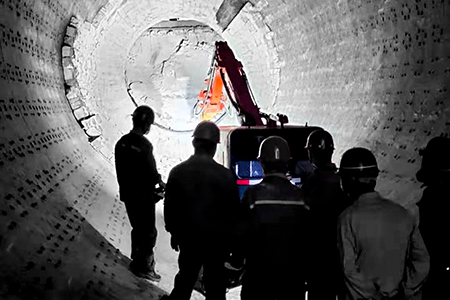
Demolition In Cement: Revolutionizing Kiln Relining
Kiln brick demolition, also known as kiln relining, involves the removal and replacement of damaged refractory bricks lining the inside of cement rotary kilns. Kilns operate continuously at up to 3000°C, and over time the constant high heat causes the refractory bricks and kiln lining to deteriorate, requiring replacement to prevent damage to the kiln shell and ensure efficient heating.
The kiln brick demolition process traditionally requires cooling the kiln for 12-16 hours to allow worker access. Hydraulic breakers, jackhammers, and wall saws are then used to systematically fracture and cut out the existing brick lining, a difficult task given the confined space, risk of collapse, and silica dust exposure. Broken brick pieces are removed using buckets, grapples, and hoists.
With the old lining removed, workers immediately begin installing replacement refractory bricks. Each brick must be precisely cut and fit to match the contours of the kiln shell. New mortar or adhesive is applied with each layer of bricks, and wall ties are installed to secure the lining. The re-bricking process can take 24-36 hours or more of continuous work before the kiln is ready to be heated up again.
Proper kiln relining is essential to avoiding unscheduled kiln downtime, ensuring high product quality, and maximizing refractory lifespan. However, the arduous nature of the work and safety risks involved make kiln brick demolition an area targeted for improvement at most cement plants. New techniques aim to minimize time in the kiln, reduce dust and fume exposure, and prevent worker accidents during relining.
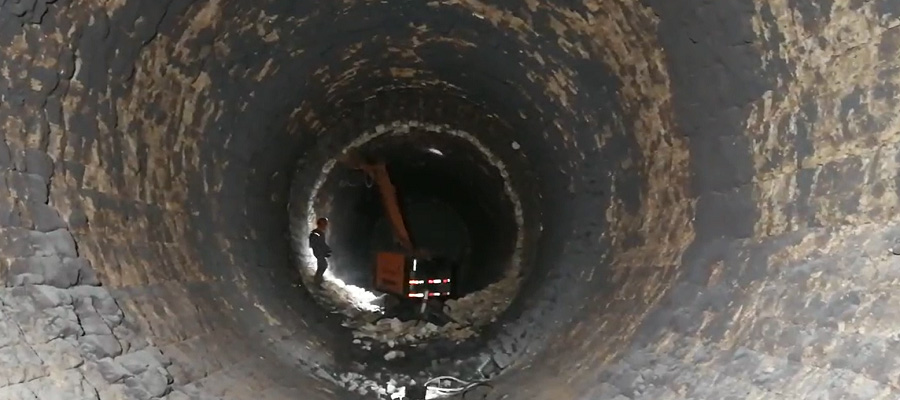
Overall, kiln brick demolition represents one of the most difficult and impactful maintenance procedures for cement rotary kilns. When done efficiently, it allows for shorter turnarounds and less downtime between relines, resulting in increased equipment availability, reduced costs, and higher throughput for the plant. Continuous advancement of tools, methods, and best practices for relining helps cement producers optimize this critical process.
Kiln demolition, including kiln brick removal and kiln skinning, is critical for maintaining rotary kilns in cement plants. However, the work is done in harsh, confined environments with extreme heat and dust, putting workers at risk of severe injuries. Conventional methods are also very time-consuming, requiring up to 12 hours of cooling before workers can enter the kiln, resulting in long downtimes that reduce productivity.
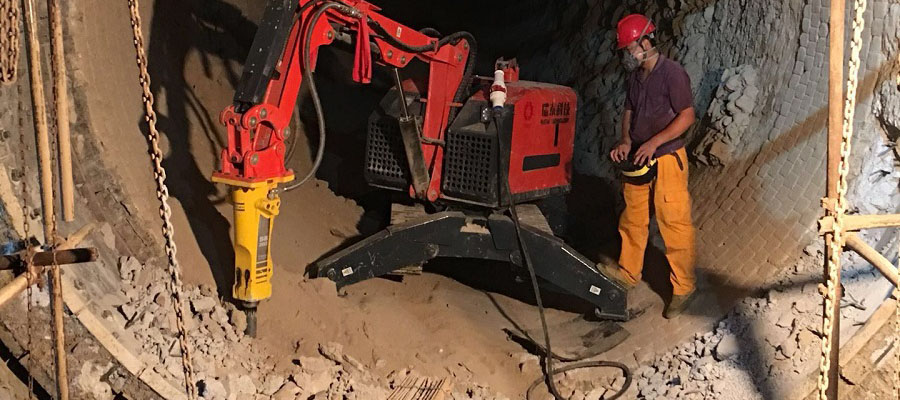
Demolition robots are purpose-built for kiln demolition. They are operated remotely, allowing workers to remain at a safe distance from hazardous areas. Robust hydraulic attachments like breakers are used to systematically demolish kiln bricks, kiln skins, and other buildups inside the kiln. The robots can withstand the high temperatures immediately after kiln operation, eliminating long waiting times for cooling and entry.
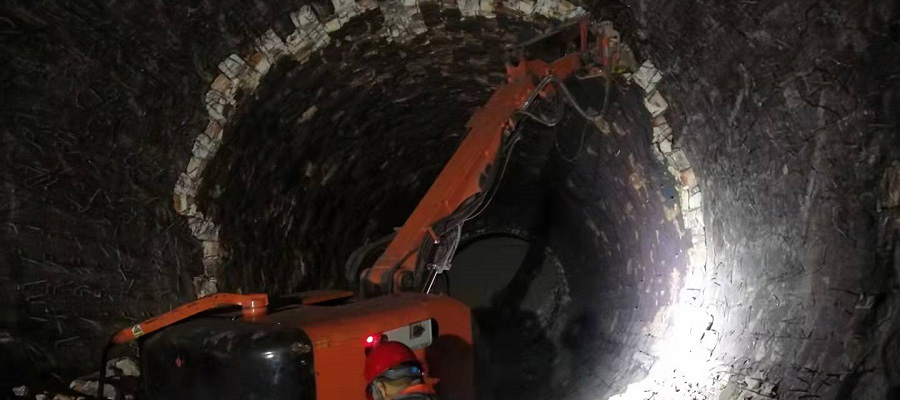
By performing the most dangerous tasks, demolition robots prevent workers from exposure to extreme heat, dust, and heavy equipment. They minimize the risks of accidents like falls, burns, and crush injuries that are common during conventional kiln demolition. With far faster cycle times, the robots also reduce downtime from 12 hours to just 3-4 hours per kiln. Their enhanced safety and productivity result in significant cost savings for cement plants.
Demolition robots are tailored to the specific needs and parameters of each cement kiln. Remote operation systems provide the flexibility to navigate obstacles and manipulate within the close confines of the kiln interior. Hydraulic breakers and other attachments are selected based on the properties of buildup materials to optimize removal. The robots can be designed to pass through narrow kiln hoods and work in kilns of varying diameters.
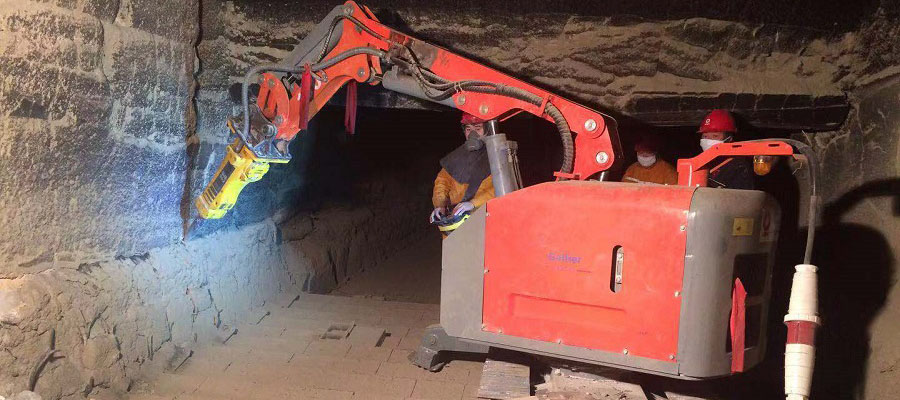
Demolition robots meet the demanding requirements of continuous cement production. They maximize productivity through high power, fast work cycles, and reliability in extreme operating conditions. By streamlining the kiln demolition process, the robots minimize downtime to help cement plants increase output and revenue. Their competitive advantages in safety, efficiency and cost reduction make demolition robots a key tool for cement manufacturers aiming to optimize kiln maintenance. Overall, they represent a transformative technology that is shaping the future of cement production.
They eliminate safety hazards, reduce downtime, and cut costs, allowing cement plants to improve productivity and profitability. The customized and purpose-built nature of demolition robots makes them an ideal solution for the harsh and confined environments inside cement kilns. By tackling one of the most difficult and dangerous kiln maintenance tasks, they provide a competitive edge that makes them indispensable to the cement industry.